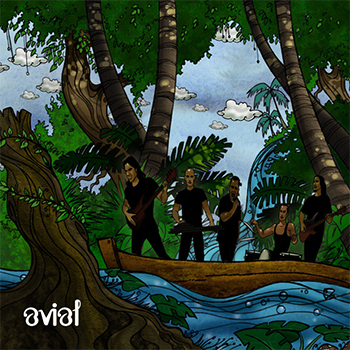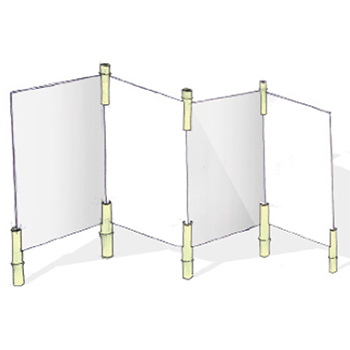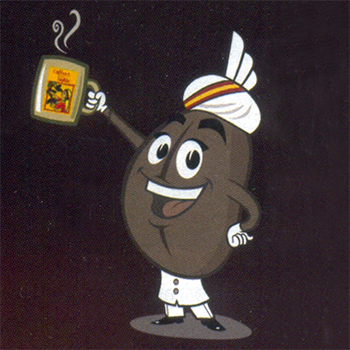Saurabh Tewari studied at IDC (IIT Bombay) and completed his M.Des in Visual Communication in 2010. He obtained his doctorate in design from the Indian Institute of Technology, Kanpur in 2021. Saurabh Tewari, PhD, is Assistant Professor in the Department of Design at the School of Planning and Architecture, Bhopal. His dissertation, "Design Paradigms: A Postcolonial Design History of India," aims to be a foundational work in the underarticulated field of South Asian and Indian design history. Saurabh has research and teaching experience of 11+ years at the doctoral, postgraduate, and undergrad levels, elaborating the discourse on Design History, Design and Architecture Studies. He is a co-initiator of the Master of Design programme at SPA Bhopal with an integral focus on Socio-Cultural Design. He has published on various threads of design, sustainability, and urbanism with leading publishers and conferences. He has travelled and presented at academic events worldwide, including India, Sri Lanka, South Africa, Germany, Portugal, Qatar, Denmark, Taiwan, Norway, the UK, Spain, Austria, and the USA. He has co-edited India's first publication on the emerging field of landscape urbanism, Blue Lines of Kolkata (2017). In 2020, he received an Alumnus Award from the IDC School of Design at IIT Bombay.





